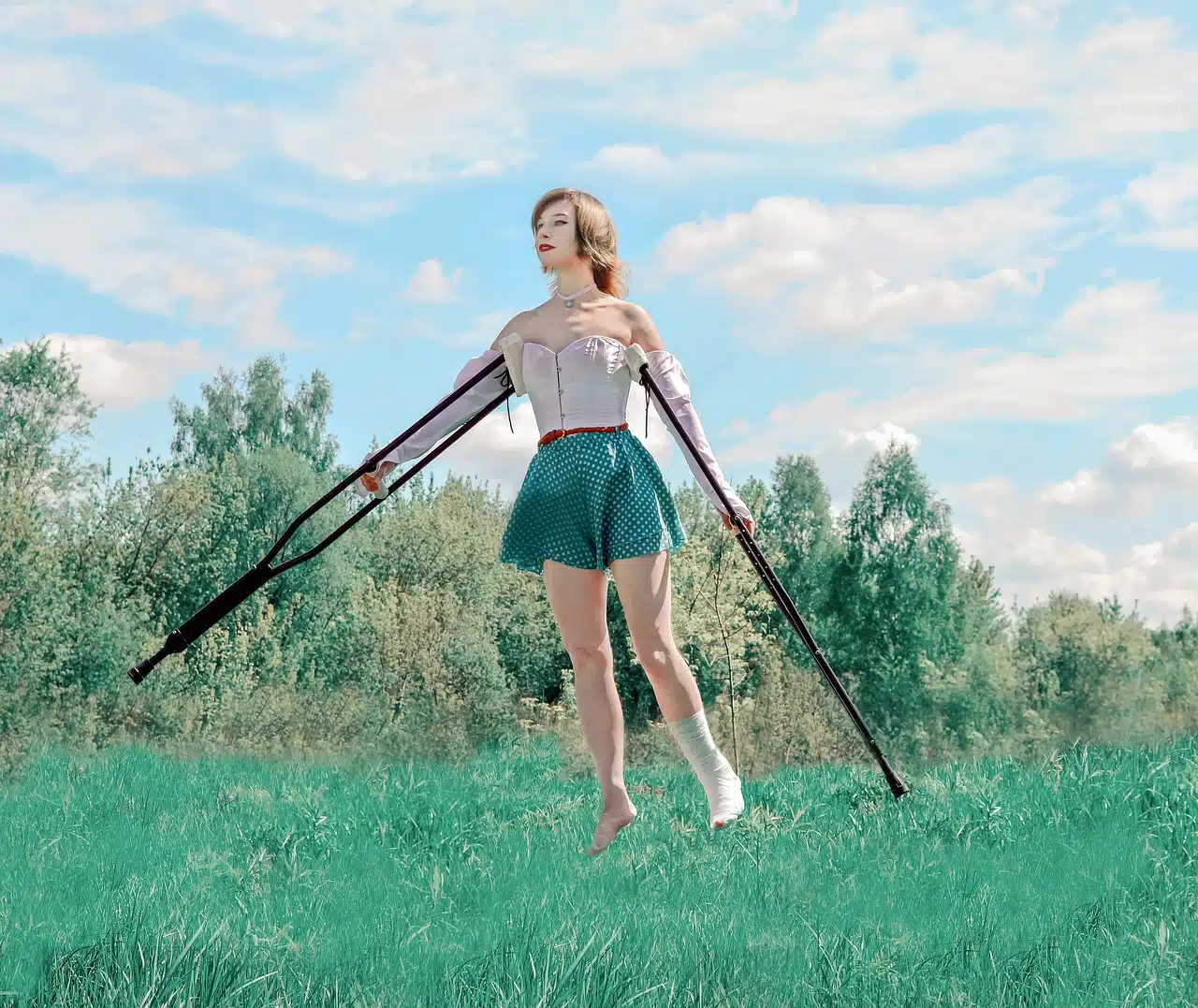
Orthopedics aims to prevent or reverse body deformities through devices or body exercises.
Orthopedics is the technique that seeks to correct or avoid deformities of the human body through body exercises or various devices . Orthopedic devices are called orthoses or orthoses , and they differ from prostheses (which seek to artificially replace some part of the body that, for some reason, is missing).
The etymological origin of the term is found in Greek as it is made up of the union of two words from that language: orthos , which can be translated as “straight” or “straight” , and pedia , which is synonymous with “body education”.
Orthopedic products
Many people suffer from trauma, an illness or a pathology of varying severity who require going to an orthopedic store (store that sells orthopedic items) to be able to buy some of the products that are for sale there. Thanks to them they will be able to correct the health problems they have or, at least, reduce the damage they suffer.
Specifically, in any orthopedics, everything from crutches to wheelchairs, including articulated beds , harnesses , knee pads , etc. are for sale... But not only that. In addition, in these health establishments, a large number of items are also available to clients that are used both in hospitals and in geriatric centers to make life more comfortable and comfortable for those who suffer from certain diseases or trauma injuries.
In this last case mentioned, anti-bedsore material , chair belts , bed risers , bathroom chairs , toilet seats ... are for sale.

Crutches are products that are available in orthopedics.
Specialized technician
The specialist who designs, makes and takes the necessary measurements for the development of orthoses and prostheses is known as an orthopedic technician . The use of these devices is diagnosed by doctors.
There are many entities worldwide that bring together orthopedic technicians. Specifically, in Spain there are the CEO ( Spanish Confederation of Orthopedics ), the FEDOP ( Spanish Federation of Orthotists and Prosthetists ) and the FETOR ( Spanish Federation of Orthopedic Technicians ).
Orthopedics and traumatology
Traumatology is another concept related to orthopedics. This branch of the discipline is dedicated to the treatment of patients with trauma , fractures or deformities of different kinds.
Immobilization with splints, for example, is a trauma technique that dates back to the origins of medicine . In the 10th century , the implementation of plaster emerged at the urging of Persian doctors. The specialization of orthopedics began to develop in the 18th century to correct and prevent deformities.
Dr. Nicolas Andry de Boisregard is credited with creating the emblem that, even today, identifies orthopedics: a crooked tree that attempts to be corrected through external guidance.
The first orthopedic institute would have been created by Jean-André Venel in Switzerland for the treatment of skeletal injuries in children. Venel, for this reason, is considered the father of modern orthopedics and the inspirer of current orthopedic centers.
Bandages, the placement of splints and casts and tractions, in conclusion, are part of the activities of orthopedics.
